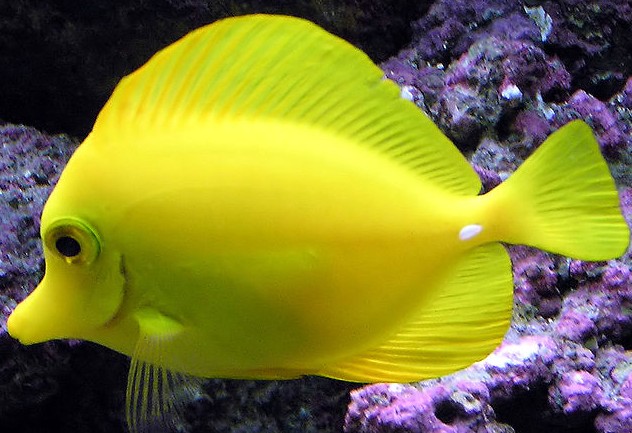Generations ago, aquarium fish keepers may have seen themselves as sharing little more than a “pastime”. But, with the rapid growth of marine aquarium keeping that began in the late 1980’s, we came to see ourselves as participating in an industry as well as a hobby. Today, we hobbyists are growing increasingly aware not only of our stake in the aquarium industry but in global marine fisheries. This, of course, has all come in the wake of sometimes heated public debate concerning the impact of ornamental fish harvests on coral reef habitat. As we–consumers of marine ornamental fishes–continue to examine how our habits mold this industry, we should probably remain especially cognizant of current fish collection practices.
Some speculate that in the case of fisheries management, it may be more important to understand fishery fleet dynamics than it is to understand the resource itself. Addressing this concern, researchers from Washington State University,the University of Hawaii at Manoa and the Liebniz Institute of Marine Science observed and surveyed a Hawaiian marine aquarium fishing fleet. Their investigation focused on harvest methods/catch efficiency, effort allocation and (perhaps surprisingly to some) job satisfaction. Further, they compared the relative importance of species with their abundance in the wild. They found that aquarium fish catch productivity is profoundly affected by decisions (number of divers, dive depths, methods, technologies, etc.) that collectors make. More interestingly, they ponder the ecological consequences of fishers disproportionately targeting “reef safe” fish species.
Apparently, changes in an aquarium fishing fleet can affect not only the size of the catch, but the species or type of species targeted. The investigators claim that these data serve to explain why, for example, catch rates for Hawaiian yellow tangs may increase even as the species declines in number.
Though it is a regional study, the investigators make clear that the findings have major implications for the global ornamental fish industry. And, that of course means marine aquarium fish hobbyists, too.
To take a closer look at the study, please visit: https://research.wsulibs.wsu.edu/xmlui/bitstream/handle/2376/4713/Stevenson_wsu_0251E_10646.pdf?sequence=1.










0 Comments